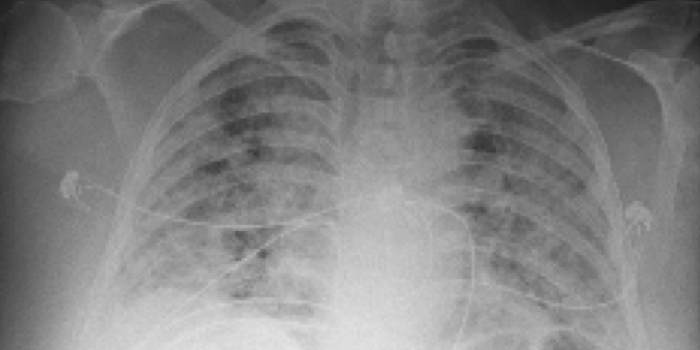Artificial Intelligence (AI) has emerged as a groundbreaking tool in medical diagnostics, rivaling the accuracy of human doctors, according to a recent study. The University of Warwick, in collaboration with King’s College London and the NHS, unveiled an AI system named X-Raydar, designed to analyze X-rays for a diverse range of medical conditions.
The study, led by Dr. Giovanni Montana, Professor of Data Science at Warwick University, revealed that X-Raydar, trained on chest X-rays from over 1.5 million patients, exhibited remarkable accuracy in diagnosing 35 out of 37 possible conditions. This proficiency positions AI as a reliable alternative to human analysis, potentially alleviating doctors’ workload and reducing delays in the diagnostic process.

The essence of the AI’s success lies in its ability to eliminate human error and bias. Dr. Montana emphasized this crucial aspect, “If a patient is referred for an X-ray with a heart problem, doctors will inevitably focus on the heart over the lungs. This is understandable but runs the risk of undetected problems in other areas.” X-Raydar, devoid of such biases, ensures a comprehensive analysis, potentially uncovering issues that might be overlooked in traditional examinations.
To validate the AI’s performance, over 1,400 X-rays analyzed by X-Raydar underwent cross-examination by senior radiologists. The comparison revealed that the AI’s diagnoses were as accurate as, or even more accurate than, those made by human counterparts at the time of the image capture. Furthermore, the software demonstrated a nuanced understanding of the severity of abnormalities, flagging urgent cases to medical professionals.

Co-author Professor Vicky Goh of King’s College London envisions AI like X-Raydar as the “future of medicine” and a valuable “co-pilot for busy doctors.” This collaborative effort between academia and healthcare institutions aims to streamline the diagnostic process, enhancing efficiency and potentially leading to earlier interventions.
To foster research development, the university made the X-Raydar software open-source for non-commercial use. This move encourages wider broaderration and adoption of AI in the medical field, marking a significant step towards a future where technology plays a pivotal role in healthcare, offering timely and accurate diagnoses.


